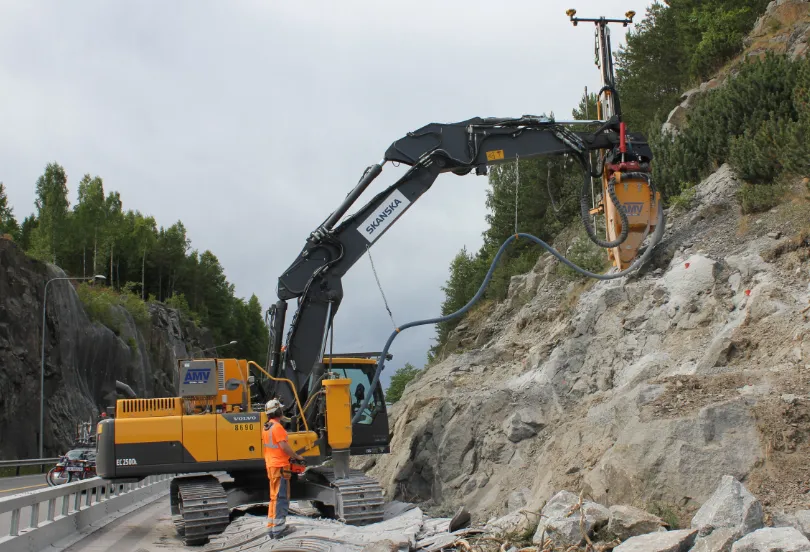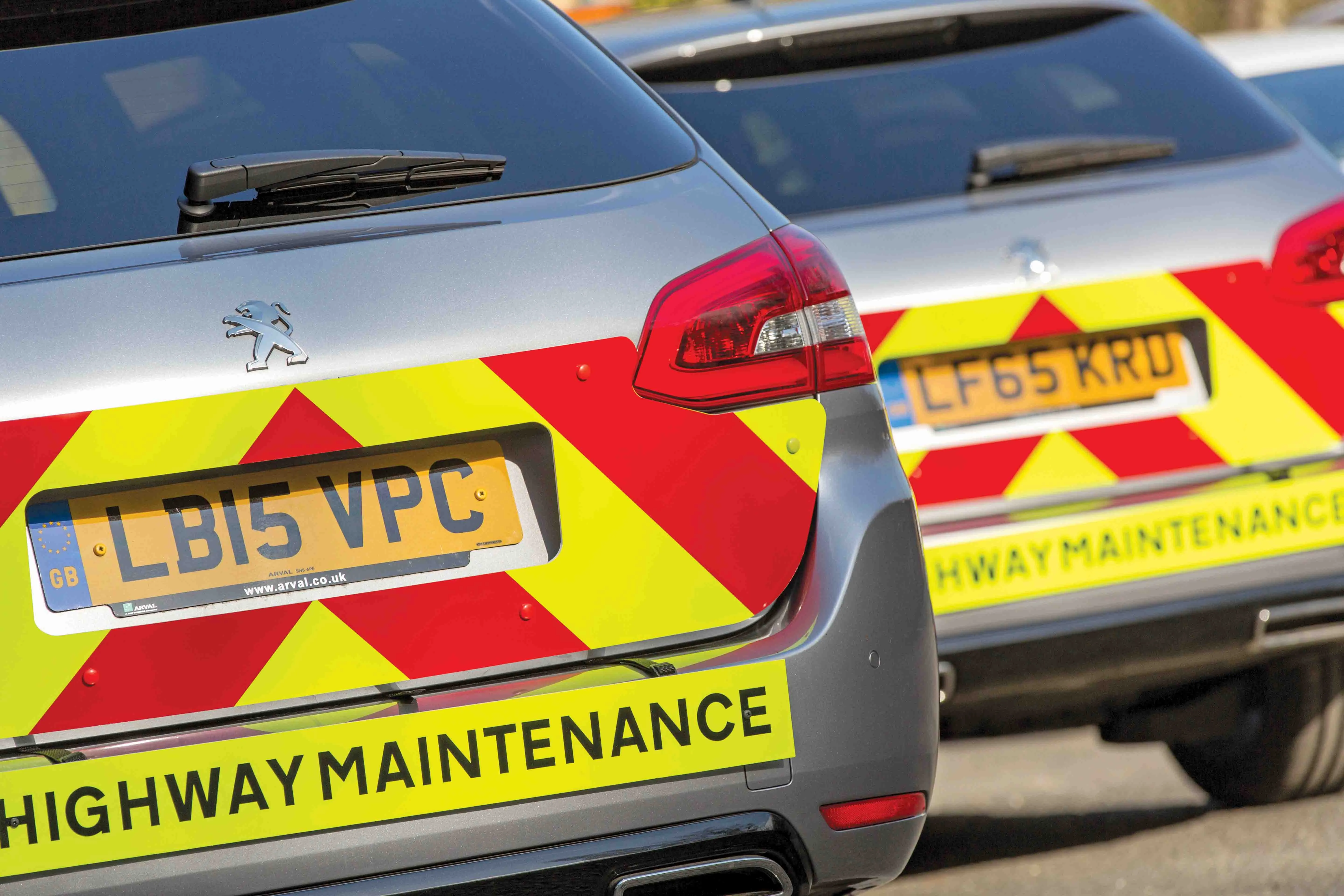Skikaflex Construction by UK-based Sika was chosen by Skanska Balfour Beatty Joint Venture to seal movement joints during the widening of one of Europe’s busiest motorways. The M25, also known as the London Orbital, handles around 200,000 vehicles every day on its busiest sections. Its widening between junctions 27 and 30 is said to be delivering much needed extra capacity to tackle congestion and improve journey times.
June 22, 2012
Read time: 2 mins

Skikaflex Construction by UK-based Sika was chosen by 2296 Skanska 1146 Balfour Beatty Joint Venture to seal movement joints during the widening of one of Europe’s busiest motorways.
The M25, also known as the London Orbital, handles around 200,000 vehicles every day on its busiest sections. Its widening between junctions 27 and 30 is said to be delivering much needed extra capacity to tackle congestion and improve journey times.
In 2002, the London Orbital Multi Model Study (ORBIT) was tasked with addressing the problem. The ORBIT report recommended that most of the dual 3 lane sections of the M25 should be widened to 4 lanes.
The widening project is being carried out by Skanska Balfour Beatty Joint Venture for Connect Plus, working on behalf of the2309 Highways Agency, as part of the Design Build Finance and Operate Contract for the M25.
Said to be a high performance product, Sikaflex Construction (SC) has been used to seal the vertical movement joints of the newly constructed reinforced concrete walls at the Emergency Access Routes situated behind the embankment piers of the widened motorway section. It has also been used to seal the horizontal movement joints of the newly constructed reinforced concrete pier protection and pier strengthening at various bridge locations between junctions 27 and 30.
SC was used to create what was said to be a 100% watertight seal. A one part polyurethane sealant, it is also described as a versatile sealant that can be used for a variety of construction and civil engineering purposes. Said to be easy to install and environmentally friendly, the SC is stain resistant and can be over painted. Crucially, once installed it provides a seal that is impregnable by water, dirt, dust and chemicals.
Available in four standard colours, SC is supplied in 600cc foil sausages for easy on site application by gun. Conforming to ISO 11600 Class F25HM/F20LM, it offers a cost effective method of sealing construction joints of up to 35mm.
Chosen for what was said to be its tear resistance and ability to withstand dirt, water and chemical attack, Sika said its SC provided the ideal solution to protect the concrete retaining walls on the M25.
The M25, also known as the London Orbital, handles around 200,000 vehicles every day on its busiest sections. Its widening between junctions 27 and 30 is said to be delivering much needed extra capacity to tackle congestion and improve journey times.
In 2002, the London Orbital Multi Model Study (ORBIT) was tasked with addressing the problem. The ORBIT report recommended that most of the dual 3 lane sections of the M25 should be widened to 4 lanes.
The widening project is being carried out by Skanska Balfour Beatty Joint Venture for Connect Plus, working on behalf of the
Said to be a high performance product, Sikaflex Construction (SC) has been used to seal the vertical movement joints of the newly constructed reinforced concrete walls at the Emergency Access Routes situated behind the embankment piers of the widened motorway section. It has also been used to seal the horizontal movement joints of the newly constructed reinforced concrete pier protection and pier strengthening at various bridge locations between junctions 27 and 30.
SC was used to create what was said to be a 100% watertight seal. A one part polyurethane sealant, it is also described as a versatile sealant that can be used for a variety of construction and civil engineering purposes. Said to be easy to install and environmentally friendly, the SC is stain resistant and can be over painted. Crucially, once installed it provides a seal that is impregnable by water, dirt, dust and chemicals.
Available in four standard colours, SC is supplied in 600cc foil sausages for easy on site application by gun. Conforming to ISO 11600 Class F25HM/F20LM, it offers a cost effective method of sealing construction joints of up to 35mm.
Chosen for what was said to be its tear resistance and ability to withstand dirt, water and chemical attack, Sika said its SC provided the ideal solution to protect the concrete retaining walls on the M25.









